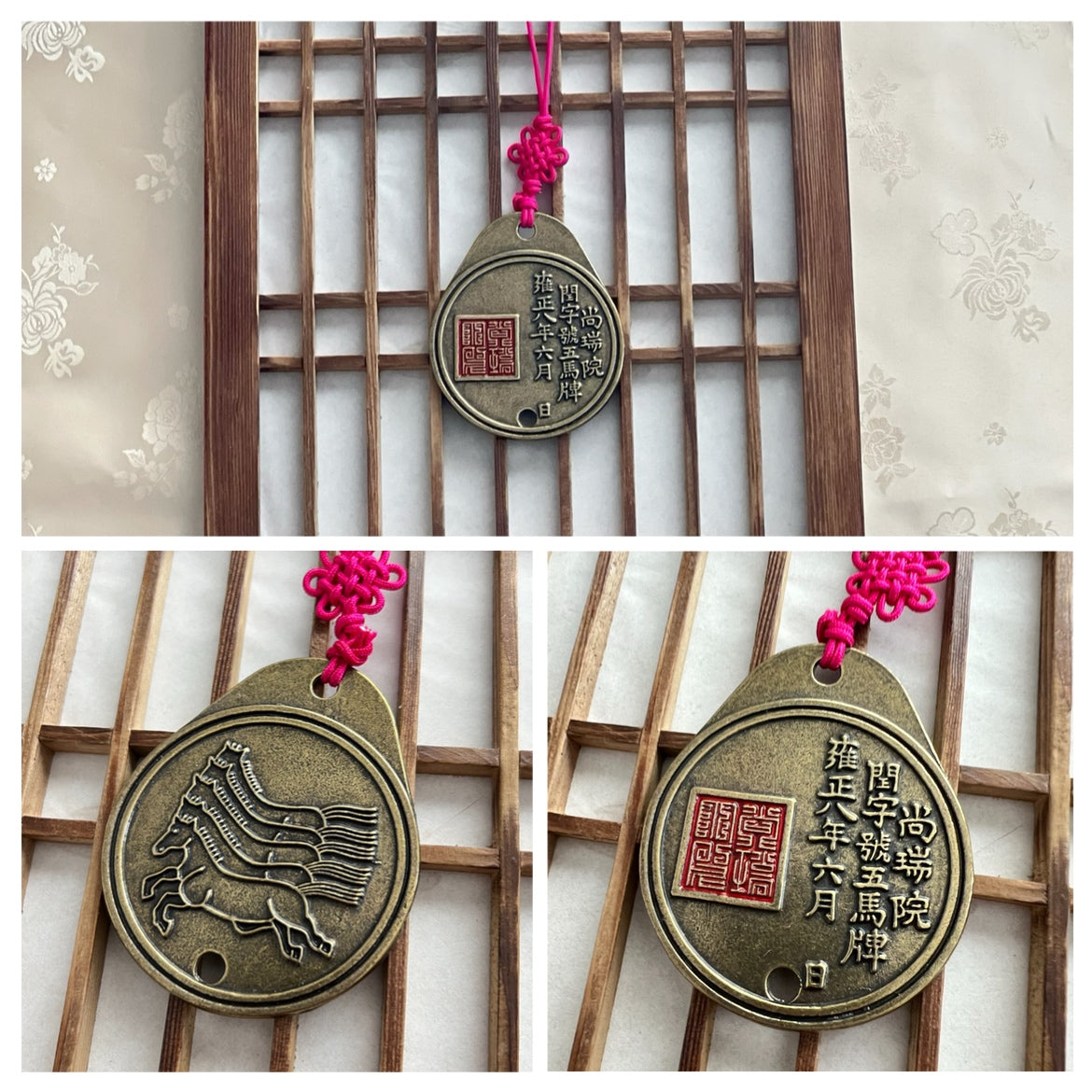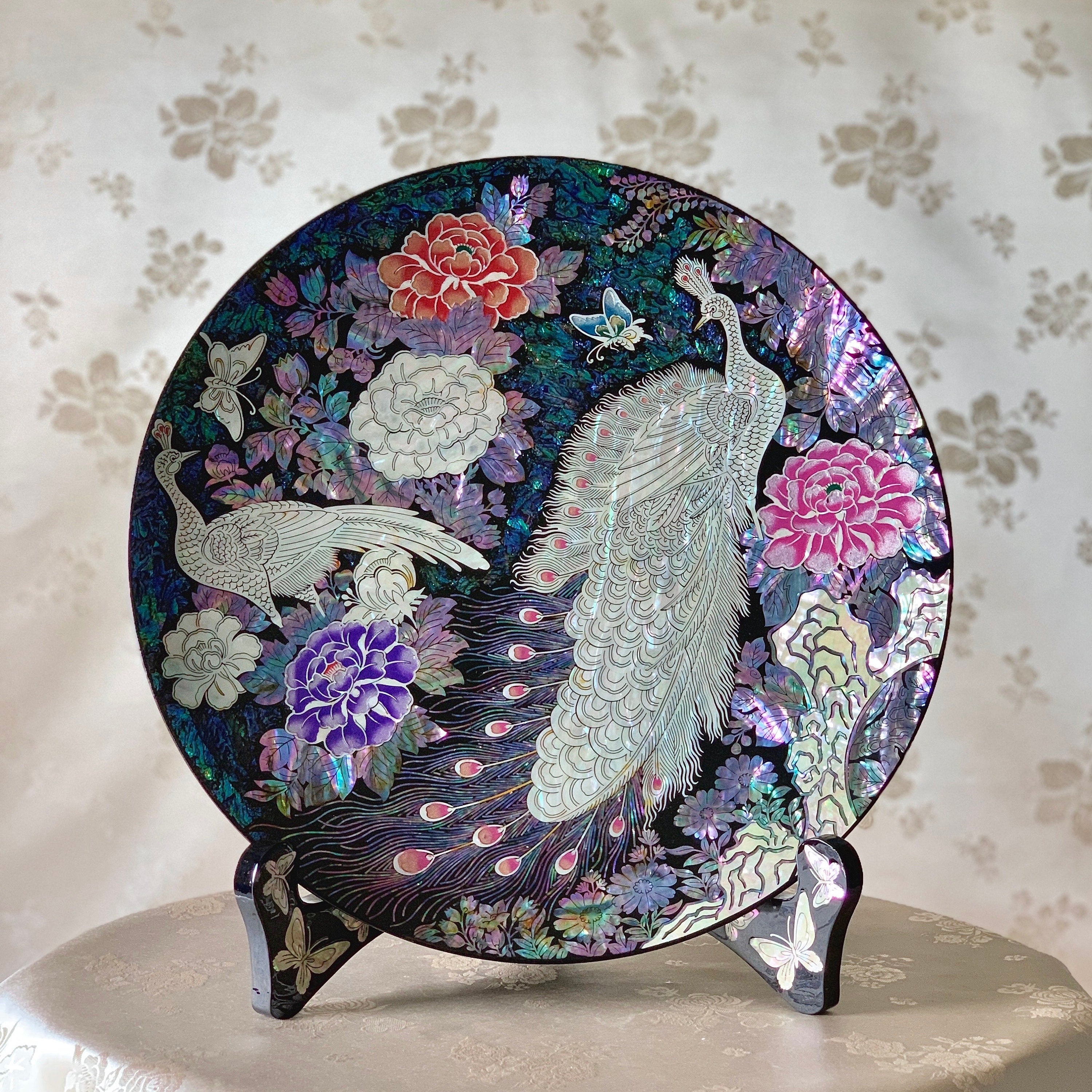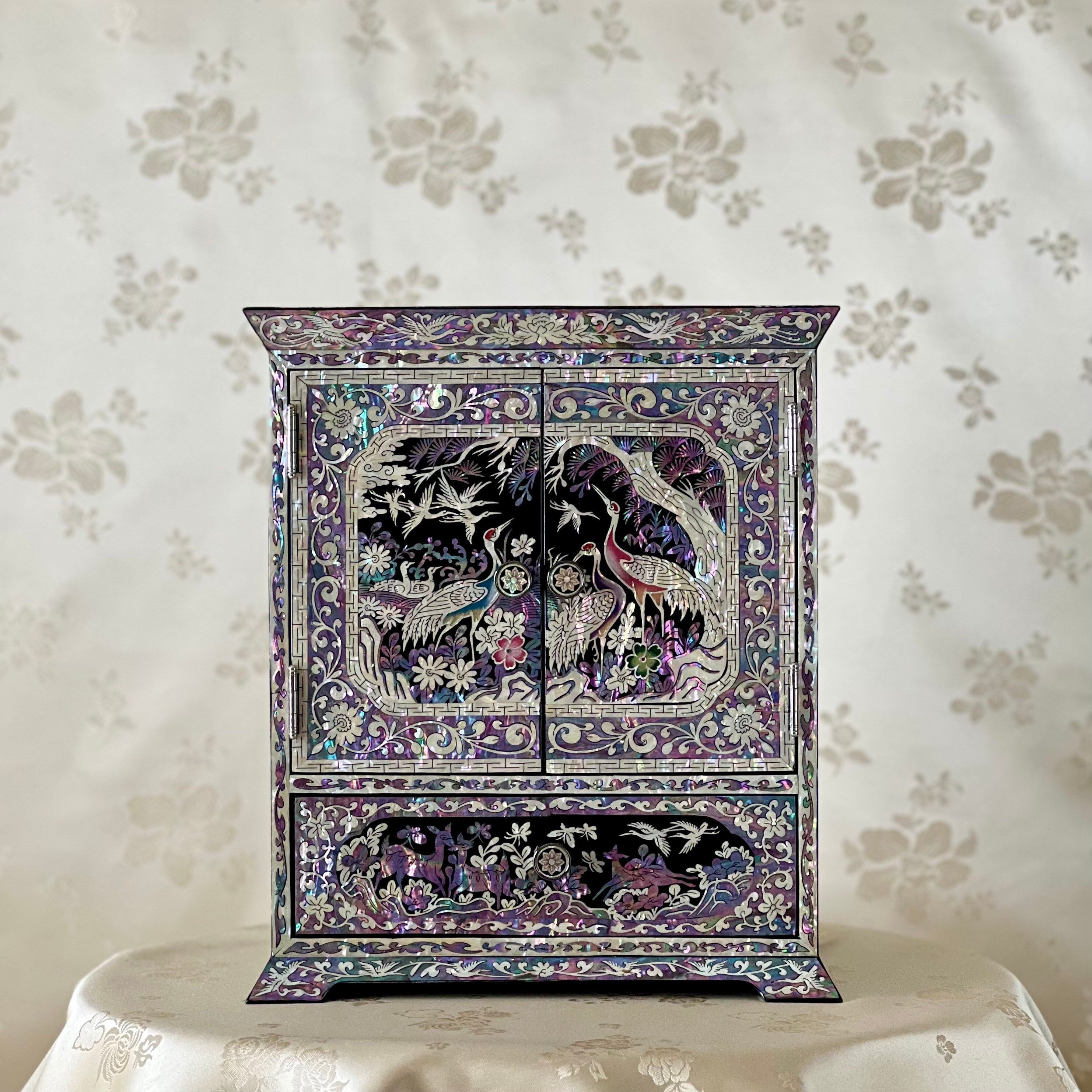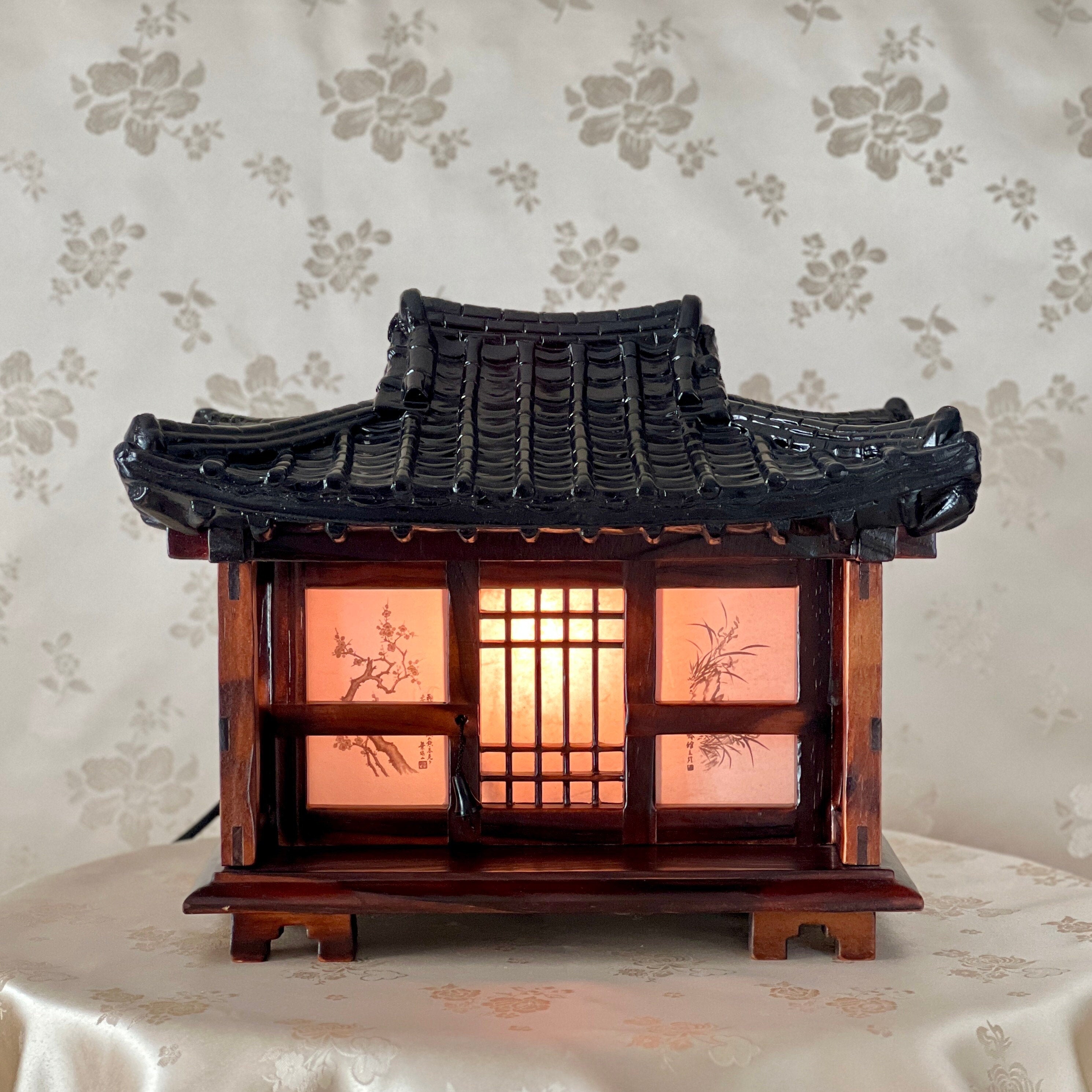マパエ銅メダル

「マペ」として知られる韓国の馬令状は、実に興味深い歴史的遺物です。
目的と使用方法:
◦ マペは、朝鮮王朝時代(1392-1910年)に発行された青銅製のメダルです。権威の公式印として機能し、政府高官が王室の交通機関を利用することを許可しました。
◦ これらの令状は単なる賞状や郵便バッジではなく、公務を遂行する上で重要な役割を果たしました。
◦ マパエに描かれた馬の数は、任務の重要度を示します。より重要な任務には 5 頭の馬が描かれた令状が与えられ、それほど重要でない任務にはより少ない数の馬が描かれました。
◦ 王密使官(アムヘンサ):
◦ 最も興味深い物語の 1 つは、「王の密使官」(アムヘンサ)に関するものです。これらのエージェントは、国家試験合格者の中から選ばれた高度な教育を受けた人々でした。
◦ 王は密かに安行使を任命し、具体的な指示を記した任命状と委任状を渡しました。
◦ 馬の令状を携えたアムヘンサは、身元を隠して旅をし、不正行為、賄賂、現地の状況を調査します。
◦ 不正行為が発見された場合、証拠を押収し、政府の倉庫を閉鎖し、国王に報告します。
歴史的意義:
◦ 麻辣の使用は、朝鮮王の英祖(1724-1776)と正祖(1776-1800)の治世中にピークを迎えました。
◦ こうした秘密任務はしばしば危険を伴い、腐敗した役人が犯罪を隠すために暴力に訴えることもありました。
要約すると、麻莖は単なる装飾的なメダルではなく、権威を象徴し、捜査を容易にし、朝鮮王朝時代の統治を維持する上で重要な役割を果たしました。








